Children are born with an innate natural ability to bring themselves back to balance
Right from the start of life, humans have innate self-healing mechanisms that help them rebound after upsets, frustrations, frights, exhaustion, over-stimulation, or even trauma. Children re-balance through their play, through laughter, through closeness and affection. And another, less understood, way that they achieve this re-balancing is through crying!
As long as someone who loves them can care for them, accept their expression and give them messages of holding and support, children can offload stress, frustrations, shock and even trauma from their nervous system through releasing cries.
Babies and children instinctively know what they need and they seek it. There is always a need being communicated through the baby or child’s crying and one of the less known or understood, but hugely essential, needs IS their need to release stress through in-arms cries.
I don’t advocate leaving a baby to cry on their own.
Just to make it really clear that what I’m advocating here is not the same, or even similar, to the concept that a child needs to be left to cry alone to train them to sleep, to “self-soothe” or to learn to be independent. A baby whose cries are not responded to, instead of experiencing a release of stress, is much more likely to experience an accumulation of stress. You can also read the AAIMHI’s (Australian Association for Infant Mental Health) position paper on their concerns for parents practicing controlled crying, (also known as sleep training or cry it out) and also their paper on responding to your babies cues.
Read my article “Why do parent’s struggle to cope with their child’s cries?”
There are many ways that a baby or child seek what they need to re-balance;
they signal for food, for touch, for eye contact, for stimulation, for rest, for soothing, they may be too hot, too cold, they may need to be in nature, they may need to be in a stress free atmosphere. Much of the time it’s a process of elimination for a parent, especially in the early months when parents are still learning to de-code their baby’s signals and the different cries. Sometimes, a parent, much like looking for lost car keys, can go round and round in circles making their way again and again through their checklist and desperately wondering what they’re missing!
Adding to your “possible needs checklist”.
I remember when my first child was about five weeks old and one day he became so unsettled and kept crying on and off, nothing seemed to work. I fed him, sang to him, walked with him, put him in the sling, looked at him warmly and attentively and listened to his cries, changed his nappy, fed him again. Then I put his little quilt on the carpet in front of me and put him down on his back – immediately he kicked his legs and waved his arms wildly, huge smiles, immediate exuberance and excitement! “Aha! Now I know what to add to my needs checklist!”
There are times when your baby will cry no matter what we do.
This is often because your baby has a need to cry. It doesn’t mean we can’t help or they don’t need us. They need us to be with them and give them our full reassuring attention as they cry, they need for us to empathise with and not shut down their crying. When your baby has a big cry, they need for us to be fully present and give them messages of acceptance and reassurance as they cry. They need their parent to add “the need to have a releasing cry” to their “possible needs checklist”.
When baby gets a fright …
they momentarily startle or freeze, their energy becomes compacted, then just as suddenly, they let out a huge cry. This is a cry that releases the stress that’s just been caused by the shock. If allowed and supported to have that cry, with your loving and accepting attention, they will come back to balance and again feel relaxed and settled. If they experience a really big shock or even trauma, they might need a few cries, perhaps every time they see, hear, smell, touch or sense the thing that reminds them of the shock. If given the permission and the emotional support, they will cry each time they need to until all the shock has been released.
If the baby’s need to cry isn’t supported, but instead they are shushed, criticised for crying, perhaps strongly encouraged to feed, perhaps somebody blows a raspberry on their tummy to make them laugh or otherwise distract them from their cry, the release of that stress will be delayed and will accumulate. If this happens repeatedly, the stress can start to become locked into their body causing tensions and can inhibit their sleep, energy levels, and general wellbeing.
Why do babies become stressed?
Just as in this example of a shock, there are many situations in a baby’s life that can lead to the baby’s need to release stress. Perhaps, their older sibling hits them with a toy (which may or may not be an accident!), they may experience anger and frustration about their needs not being met or understood by their caregiver, that again may seek re-balancing through a releasing cry.
Other examples are; separation anxiety, grief, the stress of over-exhaustion, the stress of family tensions, the stress of being taken away from the activity they were engaged in, the disappointment of rejection, sibling squabbles, developmental frustrations; the hard work of learning to turn over from their back to their belly, the frustration of learning to crawl, to walk, to talk, to swing, to swim, to ride their bike, to make friends and on and on.
Nervous system overload.
The stress in these situations may build up suddenly or slowly, but at a certain point the stress is more than their nervous system can contain, the child erupts in tears and the expression of those tears can bring a big release of stress, tension, and big feelings as long as their crying is overall supported and not repressed. Crying is an instinctive physiological releasing mechanism. It kicks in when our bodies reach the point of overload. We’ve all had moments where the stress has become too much and we’ve just broken down and cried. Assuming we haven’t felt rejected or shamed for crying, that crying is generally a huge relief and allows us to think clearly again.
For little kids whose feelings are allowed and supported, big feelings don’t become a big problem.
Instead, they feel, they express, they’re happy again, calm settled and back to balance and ready to play, eat, sleep, whatever their next most important physiological need may be.
When parents really begin to grasp the concept that their child’s cries actually have an incredibly positive side to them, parents are somewhat freed from the impossible task of attempting to keep their child happy all the time.
The parent is freed from guilt and inadequacy when their child is upset. When a parent begins to give their attention to really being with their child in their upset rather than working hard to try and fix it or talk their child out of being upset or rearranging their child’s world to avoid their upset, parents generally notice that this presence and acceptance of their feelings was just exactly what their child needed all along. When the parent can be with their child in their upset, the child generally feels heard and can start to move through their upsets more easily. The parent’s acceptance and loving presence gives the child the message “it’s ok to be sad/ angry/ frustrated/ disappointed” and the child can themselves start to be ok with feeling their feelings, expressing it and moving on with less of a battle to change it or fix it.
You might also like to read;
Aletha Solter’s book “Tears and Tantrums” – As an aware parenting instructor, I must credit a lot of my learning in this area to the work of Dr Aletha Solter PhD through her books and workshops.
Why do parent’s struggle to cope with their child’s cries?
If you need support in your journey of adopting peaceful parenting strategies in your family, contact Genevieve about some one-on-one parent coaching or counselling or both combined.
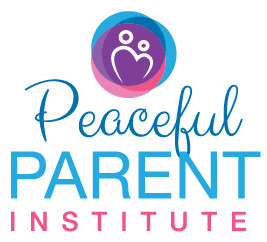
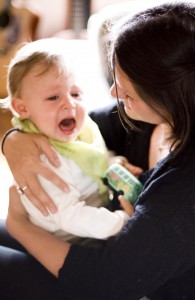
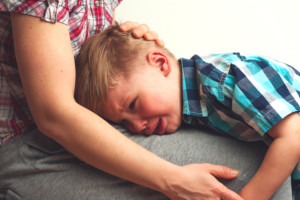
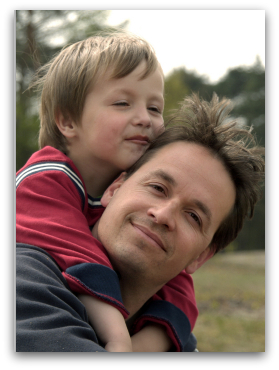
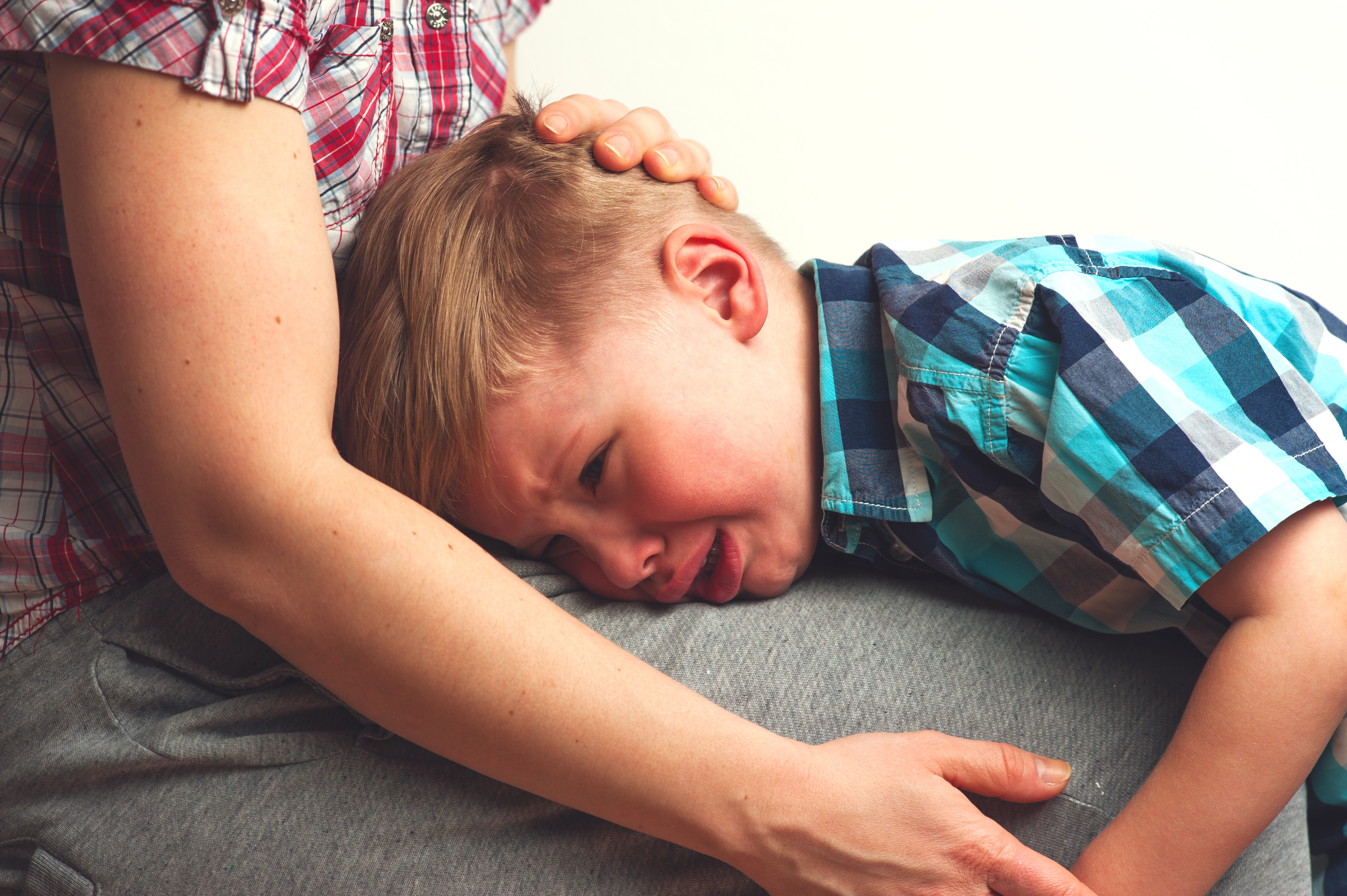
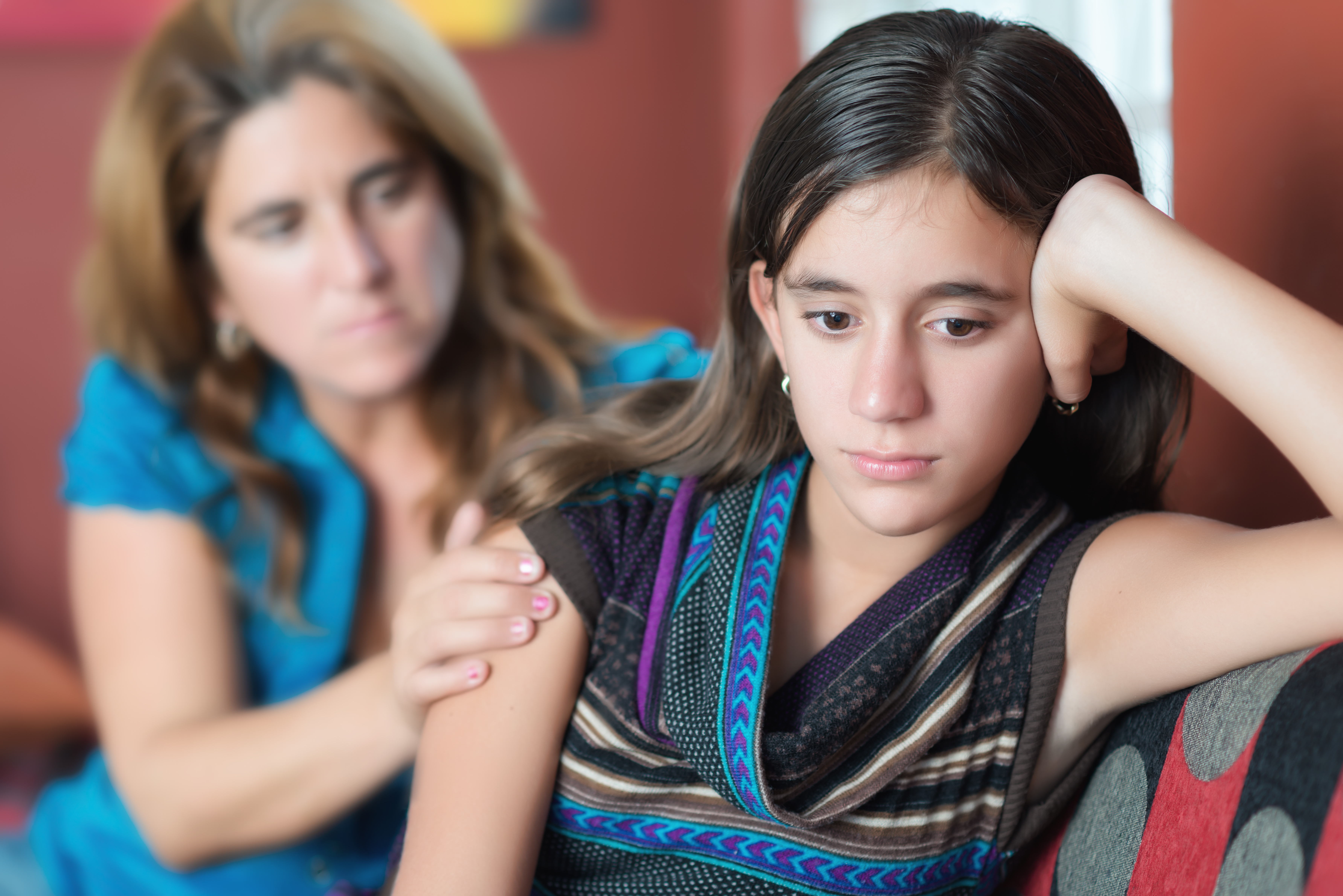
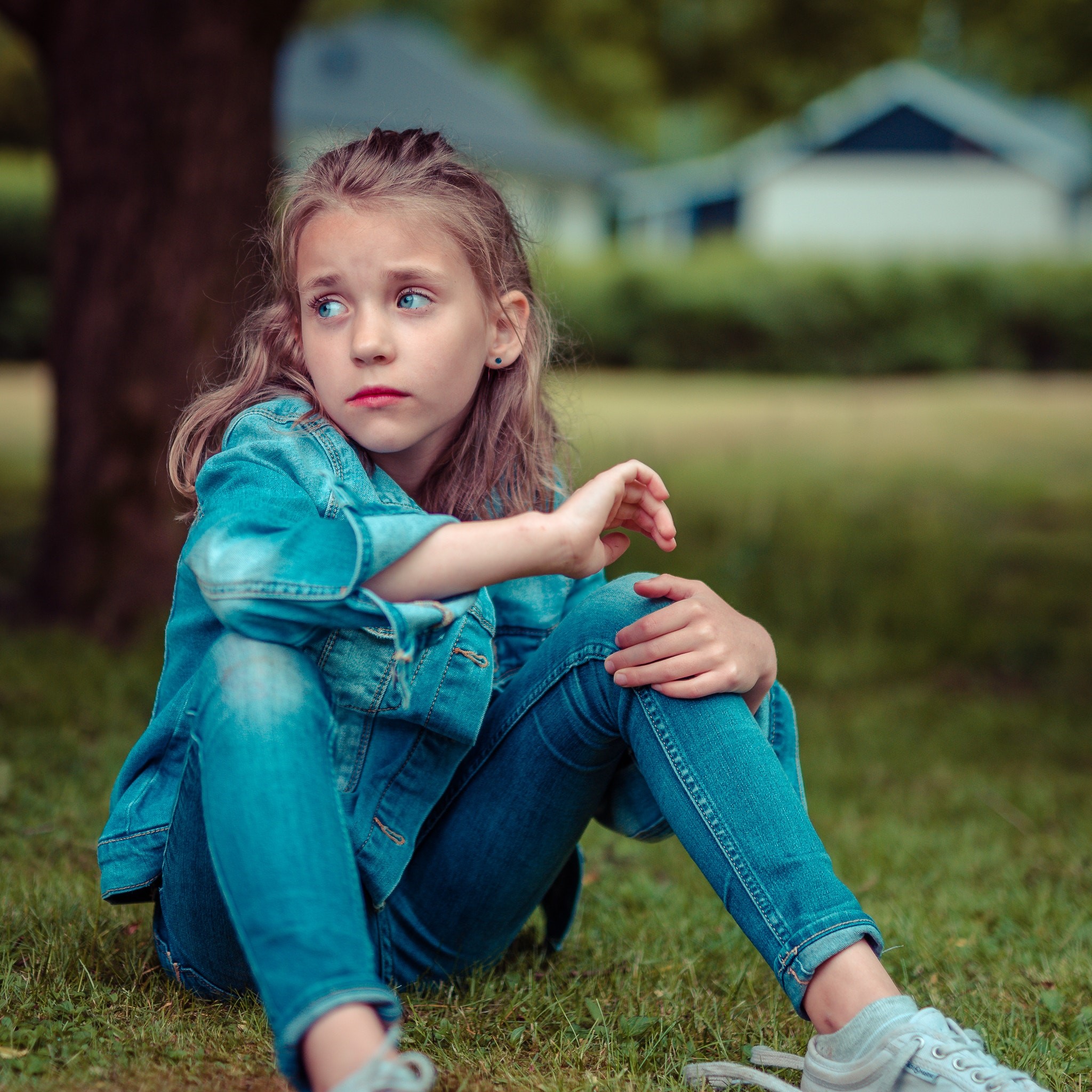


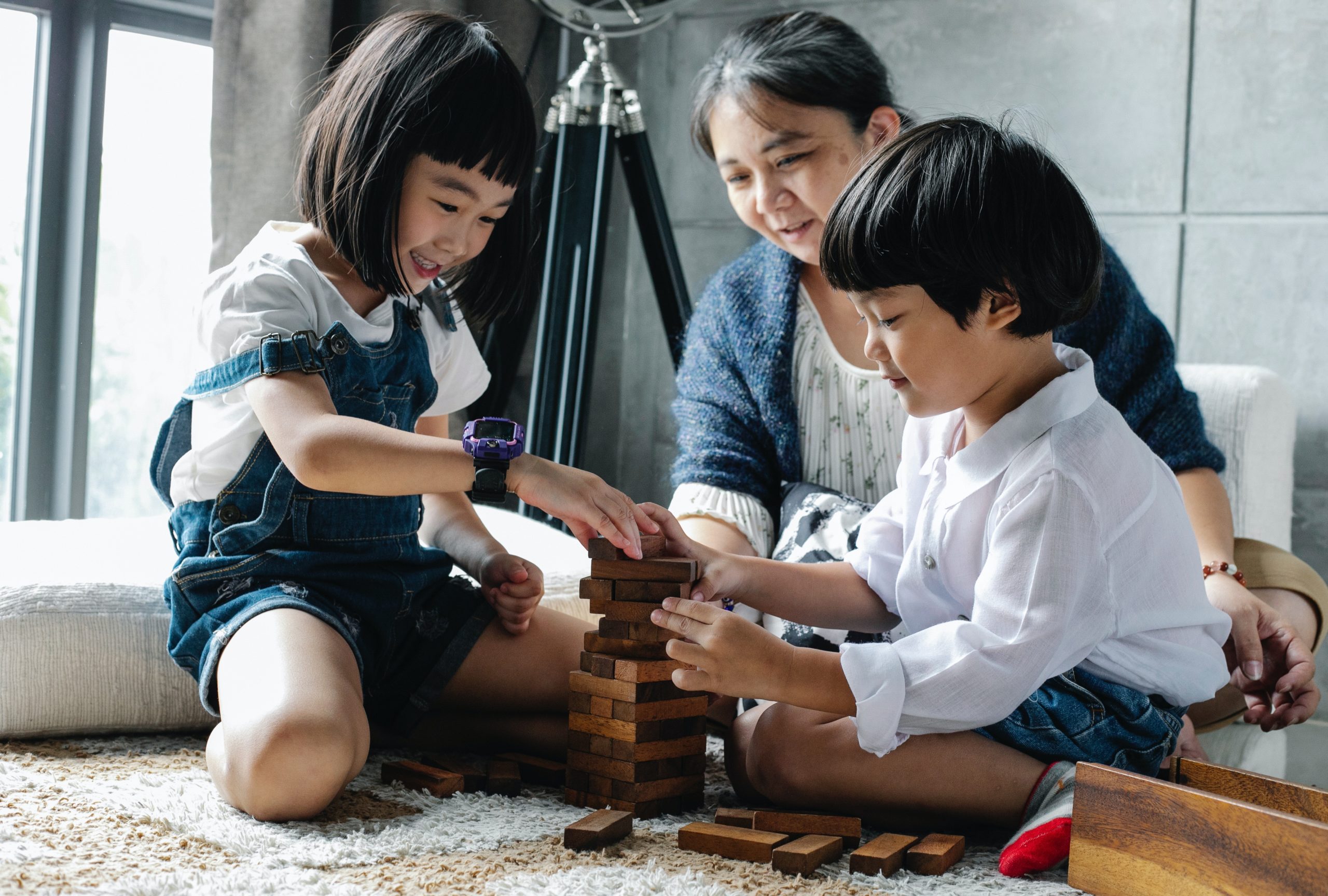
I have a deep feeling of understanding all this, thank you from the most inner space of my soul ????????☺
Hi Gunn Lillian, glad to hear these concepts resonated with you.
Does this mean putting in a pacifier when baby is crying is wrong?
Christi, I won’t say it’s wrong to use a pacifier, but they really are not needed when babies and young children are given the opportunity to fully express their frustrations and let out their big cries while we hold and care for them. Really think about when and why your little one uses the pacifier and see if you can bring in some good quality connection when they want the pacifier and help them shift away from that need and instead gain the satisfaction of having the deeper needs for connection and emotional release met. I hope that helps?
What about manipulative or fake crying in toddlers?
Hi Moryah, fake crying is more conflicted crying. If the child was happy and their current needs were met, they would be content and engaged. What parents read to be fake crying is generally the child being unhappy but either not having the energy or the feeling of safety to express their feelings clearly. They want to call out to their parent for their needs to be met, but for instance, may be afraid of the parent becoming annoyed, anxious or reactive (based on previous experiences). So they try to suppress their upset but are not able to fully do this, so it comes out often as a half cry or a whine.
This article might be helpful:
Is my 3 year old manipulating me?
Or this one: Go Away! What to do when your child won’t LET you connect
[…] + […]
[…] and breathe slowly and deeply. Until the tight restriction of his breath would ease and his tears would come. Or sometimes big loud complaints about how I’m always with the baby and it’s not […]
[…] a secure and positive sense of themselves and their world. Parents are reassured that their child seeking to be held and heard when upset is normal. It is a positive indicator of emotional health. Professor of Social Work, David Howe […]
[…] + […]